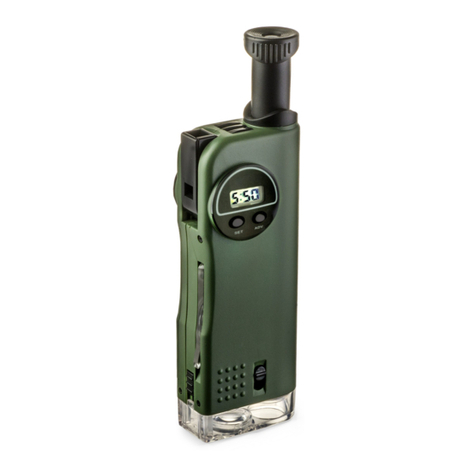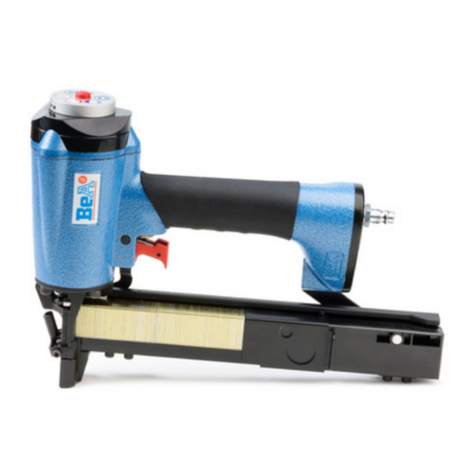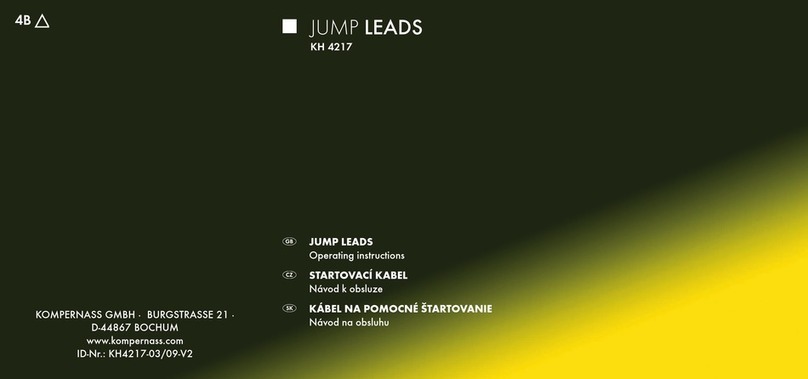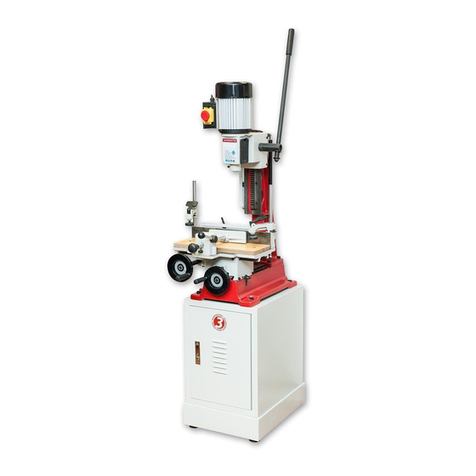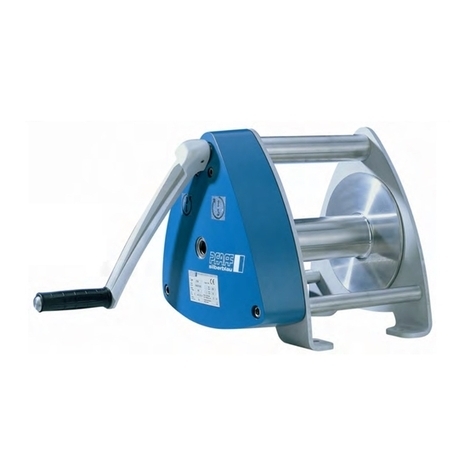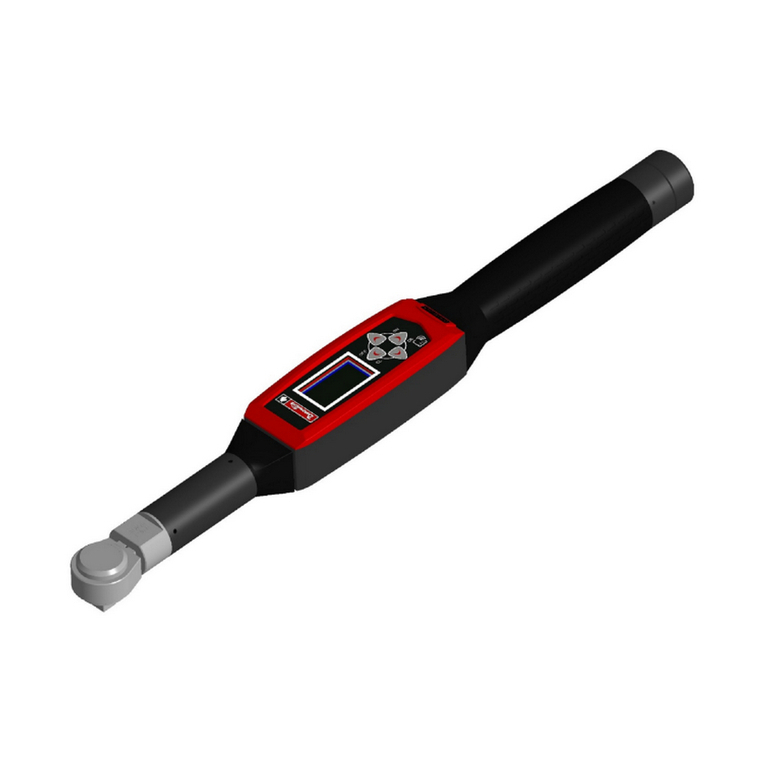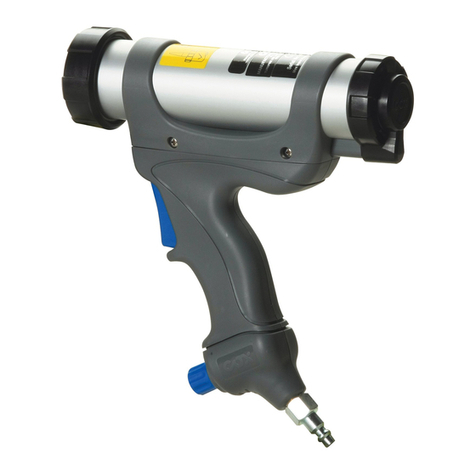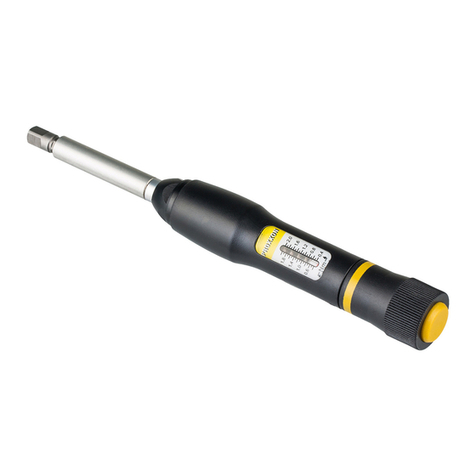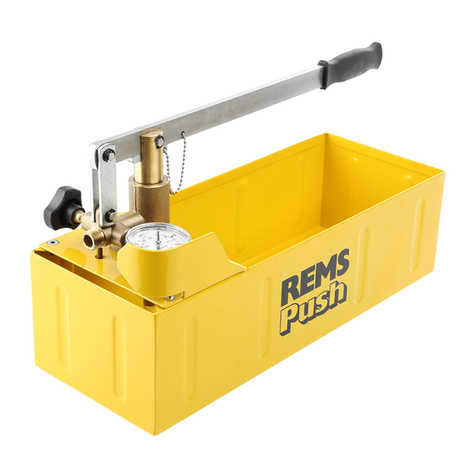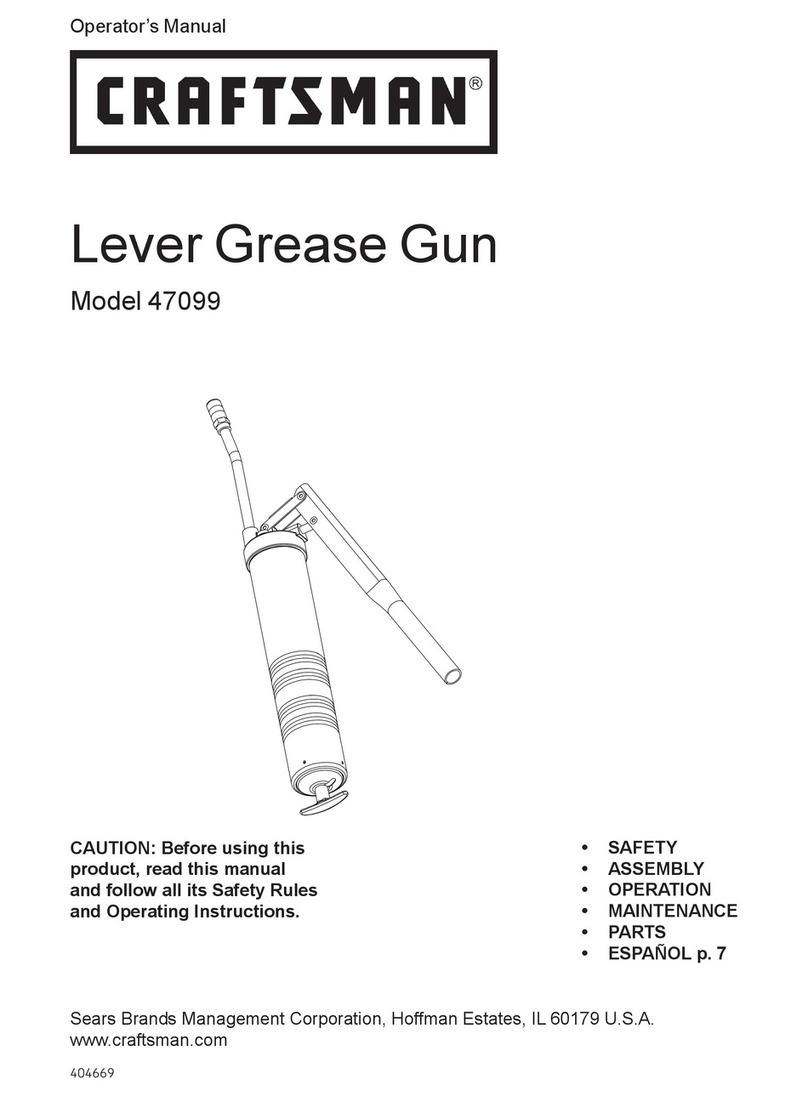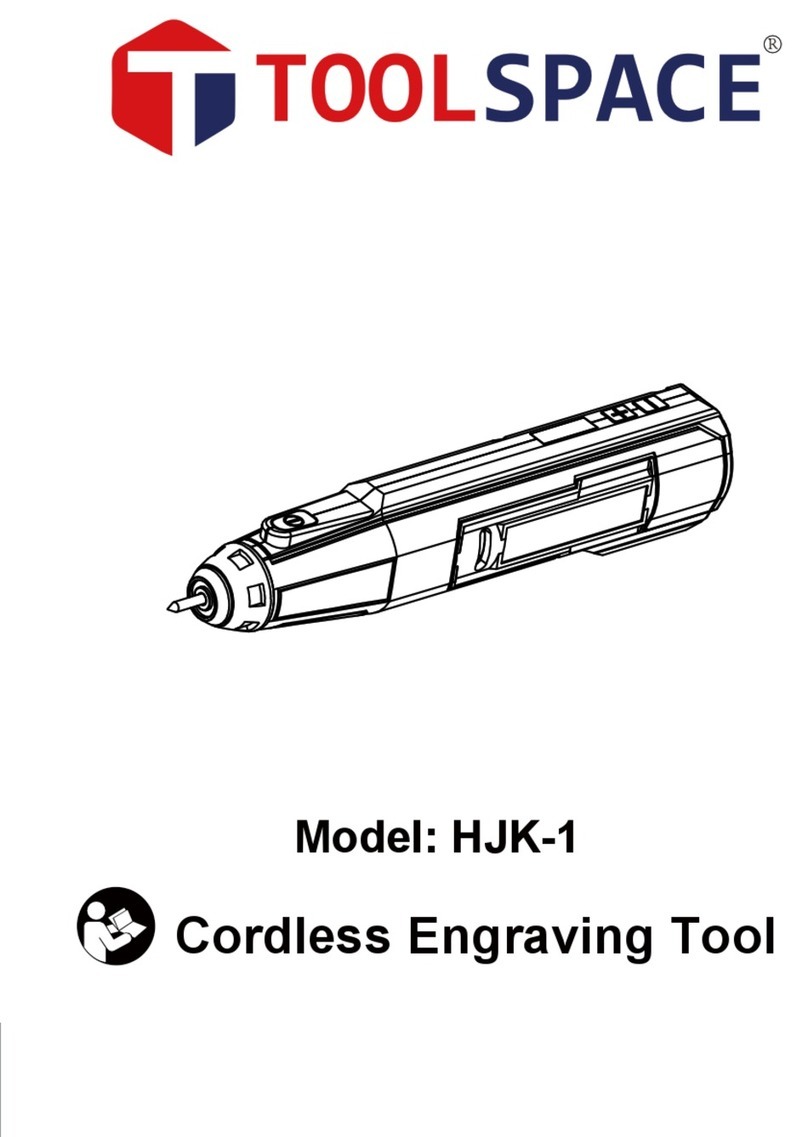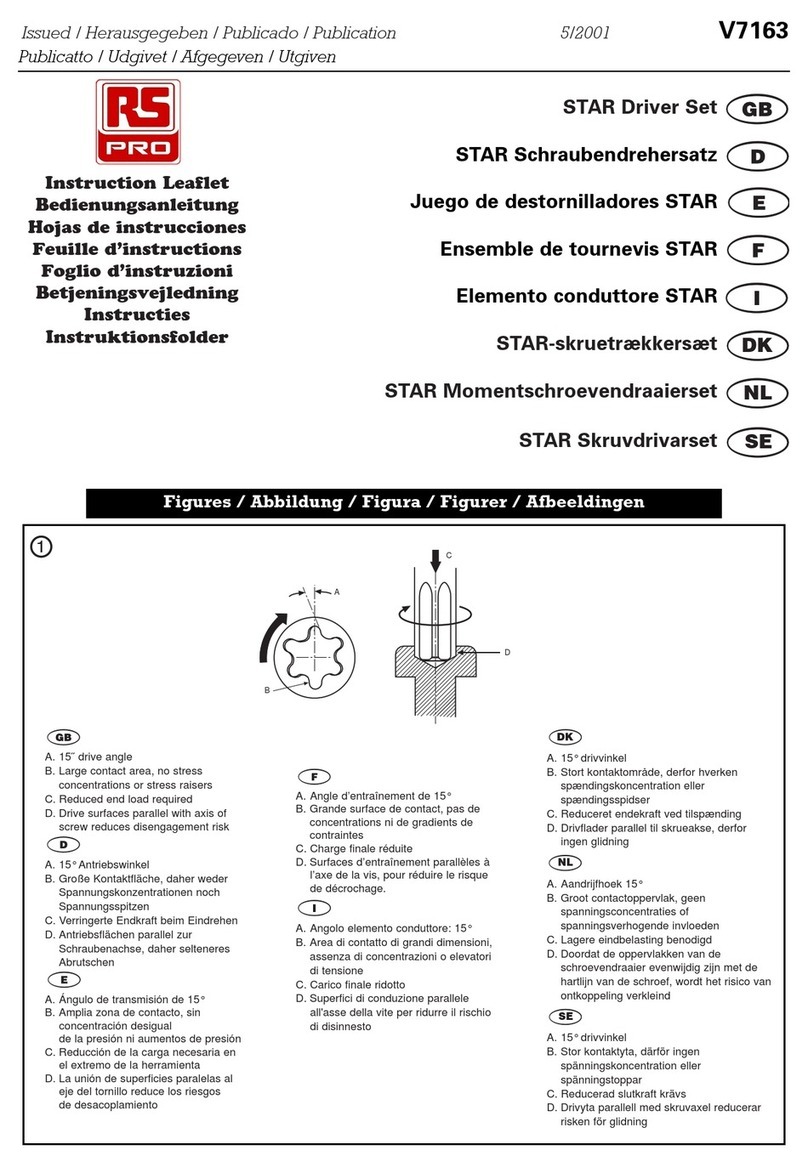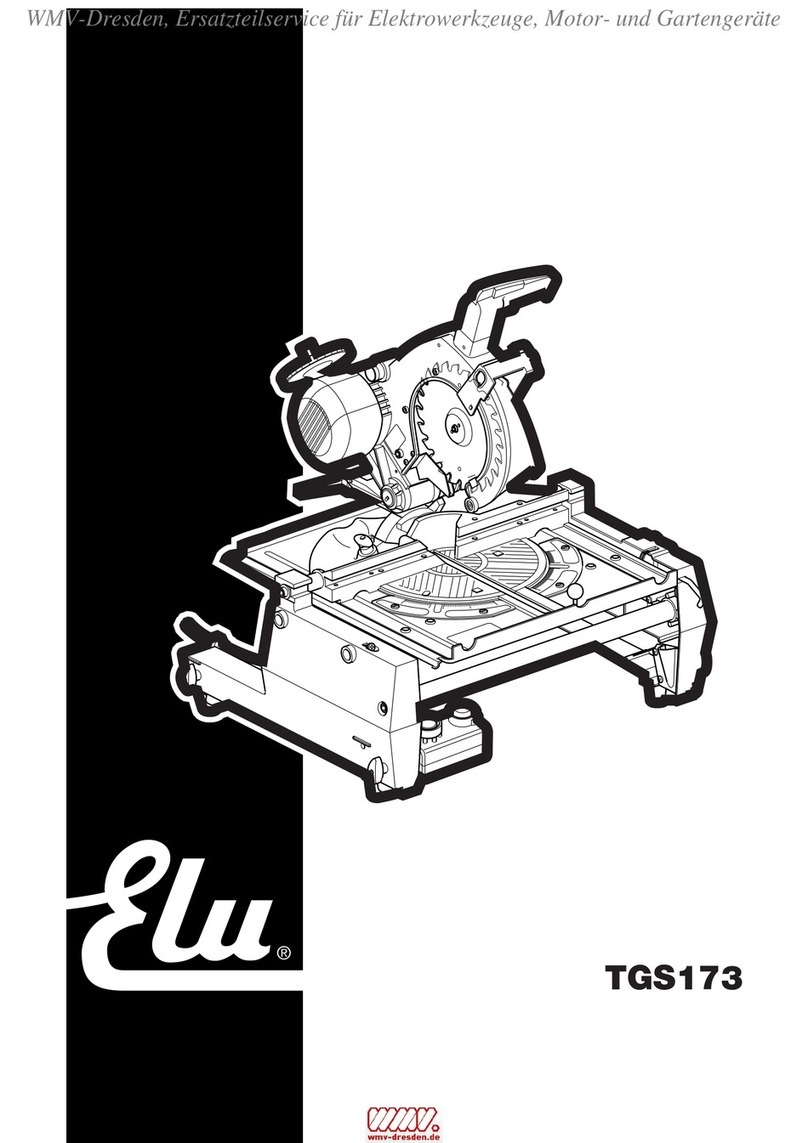Dedoussis Engineering WT520 User manual

Dedoussis Engineering LTD e-Batch Concrete
- 1 -
Thank you for selecting our product.
e-Batch Concrete is a quality product designed for many years
of continuous operation.
Please read this manual before installing or using the program.
For any questions please do not hesitate to contact us.
www.e-batch.com
DEDOUSSIS ENGINEERING LTD.
20 Neratzoulas Str. Acharnai
13671, Athens
GREECE
tel. (0030) 210-2409990
Fax. (0030) 210-2445970
e-mail: [email protected]
Email: [email protected]

Dedoussis Engineering LTD e-Batch Concrete
- 2 -
WT520 configuration tool
INTRODUCTION pg. x
CHAPTER 1 –Connecting with the PLC
CHAPTER 2 – Scales Installation
2.1 – Adding a New Scale
2.2 – Changing Scale configuration
2.3 – Measurement parameters of a scale
2.4 – Calibrating a scale
2.4.1 – Calibration by weight
2.4.2 – Calibration by mV/V
2.4.3 – TAC

Dedoussis Engineering LTD e-Batch Concrete
- 3 -
INTRODUCTION
This tool is designed to support the technician in the
installation or maintenance works of an e-batch system.
The communication between this program and a PLC unit is
based on Ethernet utilizing the Internet protocol suite
(TCP/IP and UDP telegrams) so the members should be on the
same network and share same network parameters (e.g. subnet
and basic address) and permissions from the local firewall.
The most common subnet for local network is 192.168.xxx.xxx
( IPv4 format), so please check that the local pc and plc belong
to the same network range for the three first group of
numbers, even as an alternative address (e.g. 192.168.001.xxx ).

Dedoussis Engineering LTD e-Batch Concrete
- 4 -
First, locate the executable file WT520 configuration
tool in the Start menu. It is located in the Dedoussis
Engineering Program Group tree.

Dedoussis Engineering LTD e-Batch Concrete
- 5 -
CHAPTER 1 – Connecting with the PLC
In a multi network workstation where more than one network
interfaces are existing it is important to chose the network
adapter that has the right path/connection to our PLC.

Dedoussis Engineering LTD e-Batch Concrete
- 6 -
Now that the right network adapter has been chosen we
can see the available PLC that reside on our network.
We select the one that we want and press the Connect button.

Dedoussis Engineering LTD e-Batch Concrete
- 7 -
CHAPTER 2 – Scales Installation
Now we have more data about the unit shown on the basic
tab of Configuration tool and a second tab is created allowing
the detailed browsing of the connected Unit’s parameters.
Switching to this tab we get live hardware info of the system.
The middle section of this screen (named WT-520
Weight) deals with the existing Scales. The grey colour shows
that no scales have been configured to work on our system.
The way to add a new scale is to physically connect it and then
press the INSTALL SCALES button. A new window pops up

Dedoussis Engineering LTD e-Batch Concrete
- 8 -
and the program asks which of the 5 available scales is going to
be connected.
After a short period of searching and configuring the
new scale the program shows the possitive result with a green
light on the corresponding place.

Dedoussis Engineering LTD e-Batch Concrete
- 9 -
We have to press save and the system will reboot with
the new configuration. Connecting again will show us the new
hardware status and a real time value from the new scale.

Dedoussis Engineering LTD e-Batch Concrete
- 10 -
On the scale display, we can see the type of the digitizer,
the TAC number and there are two buttons one for a
temporary Zero for the scale (until the next power down), and
the calibrate button.
2.4 – Calibrating a scale
Now with the scale connected we can proceed in changing
the scale parameters and calibration data. This is done by
pressing the C button.
A new window pops up where we have two option tabs :

Dedoussis Engineering LTD e-Batch Concrete
- 11 -
2.4.1 – Calibration by weight
This option gives us the freedom of using a calibration
weight (>30% F.S.D.) to calibrate our scale. The program
in two steps asks for empty scale, and then loaded scale
and calculates the gain of the system. It is important
that the ‘no motion range’ and the stabilization time take
care of possible vibration on the scale to avoid a ‘not
stable’ error during the calibration steps.

Dedoussis Engineering LTD e-Batch Concrete
- 12 -
2.4.2 – Calibration by mV/V
This type of calibration is mostly used because of the size of
weights needed for batching plants and also because of the
stable and accurate manufacturing and detailed certificates of
modern load cells.
Here, we have two options. One is to enter Zero point and
Full Scale point by mV/V, or Zero point by the actual weight of
the scale and Full Scale point by mV/V. The second way is the
most used in any occasion. As a rule of thumb the LDUxx units
work with (ZERO+FULL LOAD) < 2.4mV/V. This has to be

Dedoussis Engineering LTD e-Batch Concrete
- 13 -
considered at the time of sizing the load cells and the scale
full capacity.
After pressing the ‘CALIBRATE’ button the program
asks for empty scale, and then finalizes the system. It is
important that the ‘no motion range’ and the stabilization
time take care of possible vibration on the scale to avoid
a ‘not stable’ error during the calibration steps.

Dedoussis Engineering LTD e-Batch Concrete
- 14 -
As we see after pressing the ‘CLOSE’ button, our scale
shows 0.0 weight and the TAC number is incremented since the
calibration data have changed.

Dedoussis Engineering LTD e-Batch Concrete
- 15 -
2.4.3 – The Traceable Access Code (TAC )
The system has provide a guard against improper access of the
calibration commands. The LDU xx.1 digitizer features the
Traceable Access Code. or TAC method of controlling the
access to the calibration commands group. This means that a
code is maintained within the device, and is incremented
whenever any change to any of the calibration commands is
saved.
When performing the ‘stamping’ test, the Trading Standards
Officer will make a note of the TAC, and advise the user that
any change to this code which occurs prior to the regular re-
inspection by the Trading Standards Office, will result in legal
prosecution of the user.
The user software is required as a condition of approval, to
make the TAC available to the weight display indicator or
console, on demand.
Restrictions upon usage when in ‘Approved’ applications
A number of performance restrictions must come into force.
These restrictions are the number of display divisions, which
may become limited to 10000 divisions, and the sensitivity
per display division, which becomes 0.7uV per division.
Once installed in the application, an ‘approved’ application will
require ‘stamping’ by an Officer of the relevant Governmental
Trading Standards Department.
This certifies the equipment or system as being in accordance
to the relevant regulations and within calibration limits.
The term ‘approved’ applies whenever the weighing application
is intended to be used for ‘legal-for-trade’ weighing - that is,
money will change hands according to the weight result.
Such applications are bound by the legal metrology regulations
of the relevant governments around the World, but most

Dedoussis Engineering LTD e-Batch Concrete
- 16 -
countries will comply with either the relevant EN’s (Euro
Norms) or the relevant OIML (Organisation Internationale de
Metrologie Legale) recommendations.
The LDU xx.x has been approved as a component for use in
weighing systems according to OIML recommendation R76, the
highest performance level approved being Class III, 3000
division. The approval Authority was the Danish Electronics,
Light & Acoustics (DELTA), and the approval certificate
number was DK0199-R76-02.02 Revision 1, dated 30.07.03.
This approval will allow the use in approved weighing systems
throughout Europe, and in many other countries of the
World.
To achieve approval on a particular application, it will be
necessary to satisfy the relevant Governmental Trading
Standards Authority that the requirements of the various
rules and regulations have been satisfied. This task is greatly
simplified if the key components of the weighing system,
namely the load cells and the weighing indicator or digitizer,
are already approved as ‘components’.
Usually, a discussion with the Weighing Equipment Approvals
Officers at the relevant National Weights & Measures Office
will then reveal the extent of any pattern testing that may be
necessary to ensure compliance.

Dedoussis Engineering LTD e-Batch Concrete
- 17 -
REVIEWOFOWNERSMANUALCHAPTER 5 – System
The System menu includes the options which
have to do with the operation of the e-batch
software. We have the ability to customize
the function of the e-batch client, by adding
our functional parameters, and customizing
our company data and the texts that will be
written on the reports.
Some of the options that we will discuss in this chapter does
not reside inside the tab menu but only on the main system
menu.
•By clicking on the “Zero scales weight” menu or side tab
bar Icon, the dialogue on the following page appears. This
dialogue, gives the ability to change the zero weight
offset of the selected scale.

Dedoussis Engineering LTD e-Batch Concrete
- 18 -
At first we have to select the factory, and then we have to
select the scale we want to change the zero offset. After a
short time of communication with the PLC, the current scale
weight appears in the third and fourth section of the dialogue.
We can set this value as zero if it is less than or equal with the
current value shown on the right of the edit box.

Dedoussis Engineering LTD e-Batch Concrete
- 19 -
There is a maximum percentage of zeroing at which the
program will allow us to set the zero offset to any scale. In
case of larger values, the user has two options to overcome
this restriction.
•From the factory setup, we change the percentage of
allowed zero weight.
•Make a recalibration in order to create a new absolute
zero with WT520 configuration tool.
DEDOUSSIS ENGINEERING LTD.
20 Neratzoulas Str. Acharnai
13671, Athens
GREECE
tel. (0030) 210-2409990
Fax. (0030) 210-2445970
www.e-batch.com
Table of contents
